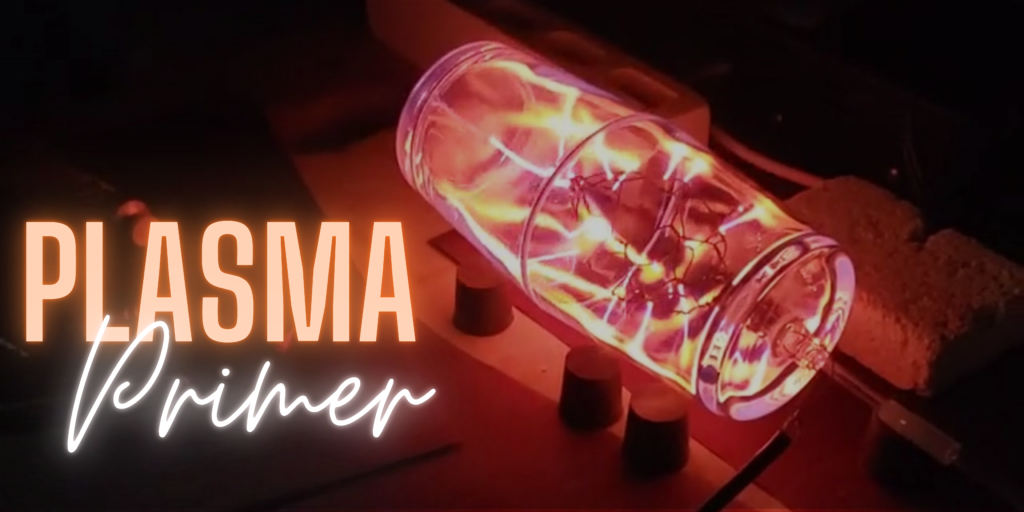|
Hello Lightning Tamers! Disclaimer (aka TLDR): This is a quick test using a 3D printed part made from conductive filament for capacitive coupling, and is not a fully realized, complete, or finished resolution to this piece nor pieces that are similar. If you’ve followed my progress on the PGC Light Lab (aka “Plasma Manifold Cart”) Rebuild, you will notice a lot of my parts and solutions are 3D printed! I’m relatively new to 3D printing as well as very basic 3D modeling software like TinkerCAD and Blender, and can certainly say in these last 2 years that it has been very useful and holds lot of potential. This especially understood when it comes art and constructing custom parts for plasma light sculptures! |
|
I know I haven’t talked about capacitive coupling, but we did drop a little mention of it in EP 33 | Chapter 2: Taking Shape of the Intro to Plasma Series with GEEX. I’ve also used it in my collaboration with Chris Ahalt on the Trohpy Moose he made in 2017. Basically its the process for which you can power a plasma lamp without an electrode acting a mediator intersecting the glass .This is common for your classic plasma ball or plasma globe. Some methods used by designing the vessel with a cavity, coat the cavity with conductive paint, and fill with steel wool or copper wool before adding your HV lead wire. Other’s involve using conductive plates insulated from touch or use of metal or conductive tapes or coating. Basically the High Frequency electricity will travel through the glass like wifi or radio, which will light up the gas.â
|
|
I have much to learn and research, Expect to see this post updated for the future?
-Percy | Taming Lightning
â





